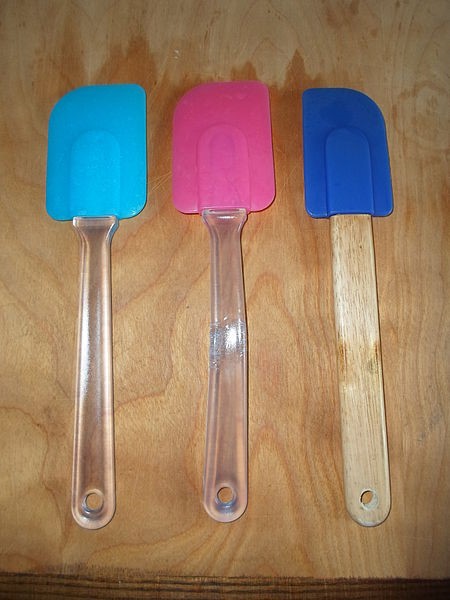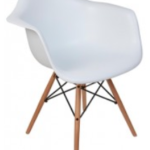When Neil Armstrong stepped onto the Moon in 1969, it was the silicone sole of his boot that took the first step for man.
![]()
It was only the first step for silicone. Since then the range of uses for silicones has grown bewilderingly. They are used in oils and cosmetics as well as bakeware and sportswear. They are used in microelectronics and solar panels, mobile phones and LED light bulbs. They are used in paints and adhesives, engine gaskets and car tyres, breast implants and pacemakers. It’s hard to imagine a world without it.
The name “silicone” arose from a laboratory mistake. The chemically correct name is siloxane, but “silicones” has become the popular name for formulations derived from siloxane.
What is special about silicone?
Life is based on the chemistry of carbon. It is the diverse, flexible and resilient qualities of carbon that has allowed life to evolve. Elemental silicon has much in common with carbon. Silicon derivatives like siloxane, exhibit similar diversity and flexibility. Small adjustments allow them to become hard solids, resilient rubbers, sticky pastes or oily lubricants.
In particular, it is very easy to produce a silicone moulding, so a vast range of different shaped products can be produced at highly attractive prices by companies such as https://www.meadex.co.uk/materials/silicone/#moulding.
![]()
The safety of silicone products
Silicone is a breath of fresh air amidst the soup of chemicals produced by modern industrial processes. It has repeatedly received a clean bill of health for safety in contact with humans and for its impacts on the environment. Few things bring human flesh into contact with silicone more directly than cosmetics, yet the Cosmetic Ingredient Review and the EU Scientific Committee on Consumer Safety have both endorsed the safety of silicone products.
Another major research project undertaken by Health Canada concludes that silicones are not entering the environment in a quantity or concentration that may constitute a danger to human life or health. In fact, silicone products are being substituted for other materials known to pose much higher risks to health and the natural environment – such as plastics and metals (see for example https://news.nationalgeographic.com/2015/05/150514-sunscreen-nanoparticle-nanotechnology-oceans-marine-beach-boat-toxic/.
Plastic and metal-containing waste gradually breaks down into tiny particles that find their way into the ocean and air, harming both wildlife and human health. Silicones are a valuable part of the solution



